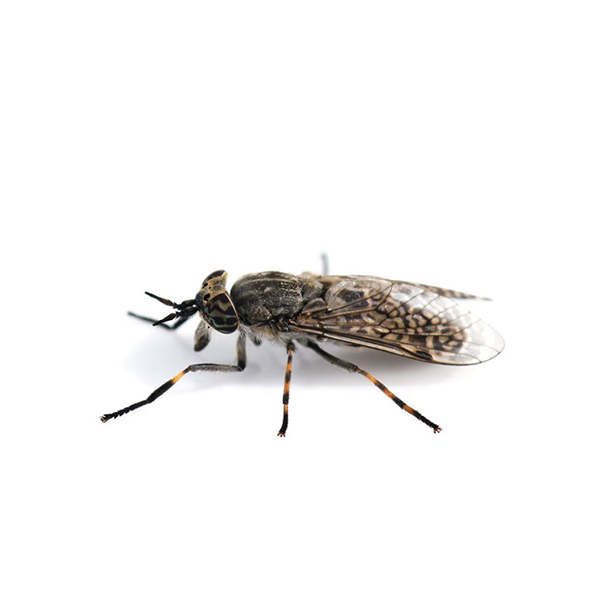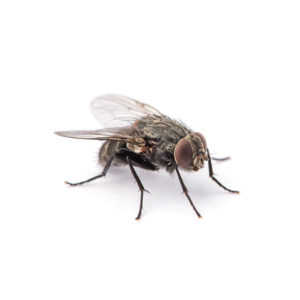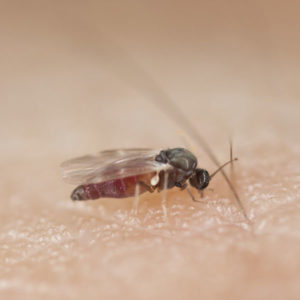Horse Flies in North Jersey
Horse flies are known for persistently pestering wildlife, livestock, and yes, people. They’re more fearless than most fly species due to their large heavyset bodies. They’re not afraid to bite and they’re known spreaders of disease. They’re slightly larger than their cousin, the deer fly. Just a few horse flies or deer flies can make trying to enjoy your north Jersey yard unbearable.
Horse Fly Habitat
Horse flies and deer flies are commonly found in areas near bodies of water. This is conducive to larval growth. Low-lying pastures and shrubs near creeks, streams, or ponds provide suitable breeding grounds and areas for development. They can also be found burrowing into the sand or gravel substrate of their aquatic habitats.
Horse Fly Behaviors, Threats, or Dangers
Female horse flies bite humans. The resulting bites can be painful on a level similar to a bee sting. The bites can cause visible bleeding wounds, but first-aid skin creams can alleviate any pain you’re experiencing. Rarely, horse fly bites can cause allergic reactions like hives and wheezing in individuals. As their name implies, they’re significant pests for horses and other types of livestock. Persistent biting can lead to reduced weight in beef cattle and lower milk production in dairy cattle. If you are experiencing a horse fly infestation on your property, contact your local professional fly exterminators today!





